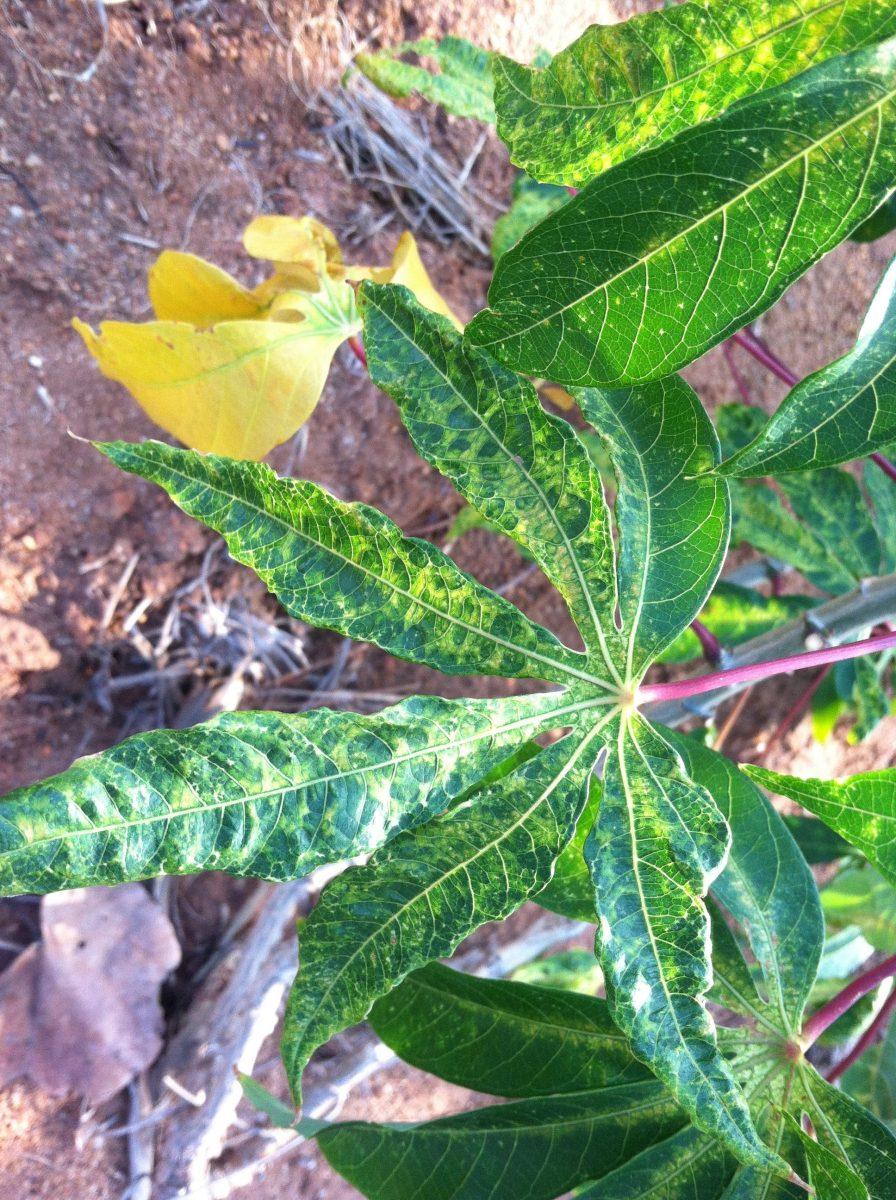Think about all the potato dishes you eat: mashed potatoes with gravy, Hasselback potatoes with chives, french fries on the side. Now imagine if these dishes suddenly became a rarity due to a potato scarcity. This is essentially what’s happening in some African countries where the cassava crops — a staple tuber root as essential to African cuisine as the potato is to American cuisine — are being overtaken by the Cassava Mosaic Disease (CMD).
NC State recently received a grant from the National Science Foundation Partnerships for International Research and Education (NSF-PIRE) which will allow a team of professors and researchers to visit Kenya and Tanzania to find the factors that influence how the viruses that cause CMD change and evolve.
The principal investigators in this project are Linda Hanley-Bowdoin, a William Neal Reynolds distinguished professor of plant and microbial biology George Kennedy, a William Neal Reynolds distinguished professor of entomology, and Siobain Duffy, an assistant professor of ecology, evolution and natural resources at Rutgers University. There are five other professors as well as five East African partners on this project.
The cassava is a tuber root that grows underground, and its exterior is brown and rough. The leaves that shoot up above ground are what indicates if the plant has CMD. Plants infected with CMD will display green leaves with sectors that turn yellow, become deformed and shrink. Although the disease may have been around for at least 100 years, it has been an epidemic for the past 25-35 years.
“What happens is the energy the leaves produce due to photosynthesis is used for the tuber roots to grow,” Hanley-Bowdoin said. “Since they’re underground, when leaves become yellow and are smaller, there is less energy to make big tuber roots and yield goes down.”
Hanley-Bowdoin said one of her partners, Joseph Ndunguru, head of biotechnology at the Mikocheni Agricultural Research Institution, has been going out into the field and determining the diversity of the CMD viruses. They will then try to use this information in a lab to reproduce the results of the field under controlled conditions and understand the most important factors that drive viral diversity.
CMD is transmitted by whiteflies, white insects that look similar to small pumpkin seeds.
“These whiteflies feed by inserting their mouthparts into the vascular tissue of their plant host and can spread virus while feeding,” Kennedy said. “The disease is also spread by vegetative propagation of cassava plants by farmers. Over time, two species of Cassava Begomovirus came together to form a virulent hybrid that overcame host plant defenses and caused severe disease in cassava.”
Because there are different viruses that cause CMD, the best thing to do is find out strategies that will make it harder for the viruses to spread.
One of the goals of PIRE is to provide American scientists with experience in working on international research, as many of the problems faced in agriculture cut across national borders and continents.
“We’ll have to work with scientists all over the world in order to address problems in food security, and one of our goals is to encourage trainees to use the PIRE experience when they become independent scientists to help them engage in international research collaboration,” Hanley-Bowdoin said.
Currently, the research team is recruiting personnel for this research project. It will provide training and encourage undergraduates, graduate students, postdoctoral scientists and early career faculty to gain experience working on international research. The research in Africa will start in spring 2016 as trainees are recruited.
“It’s a very good thing for the NSF to have these programs that specifically make sure that we’re going to have an internationally relevant and competitive scientific workforce, 10 even 30 years from now,” Duffy said.








